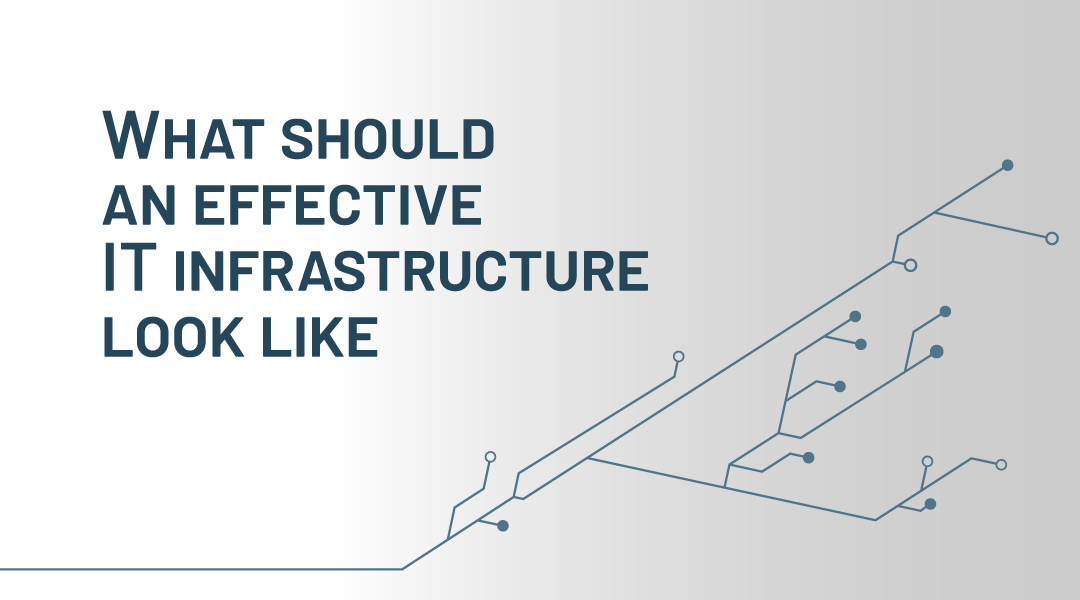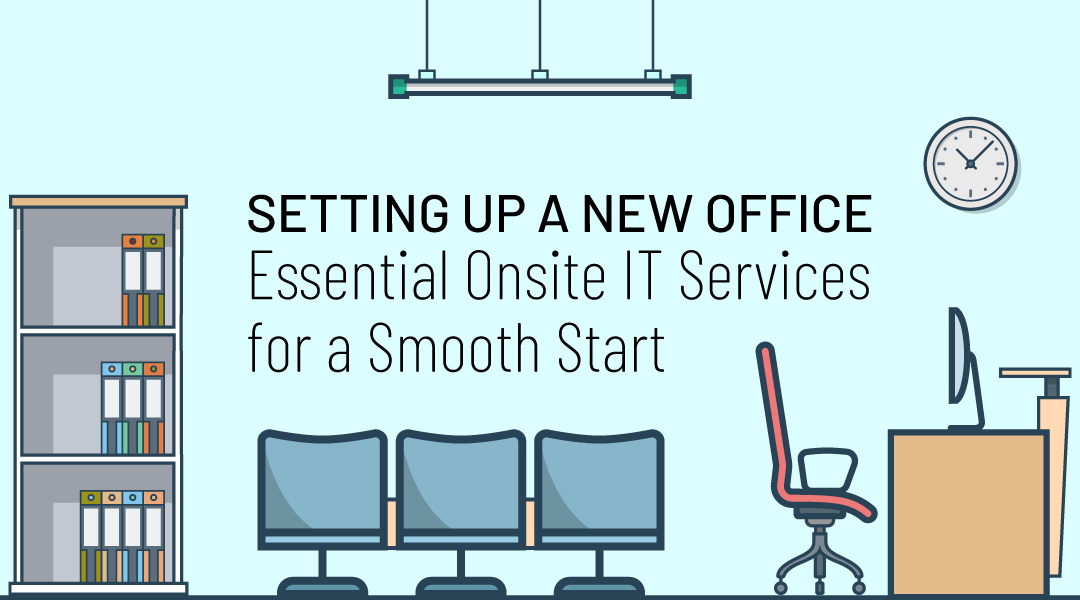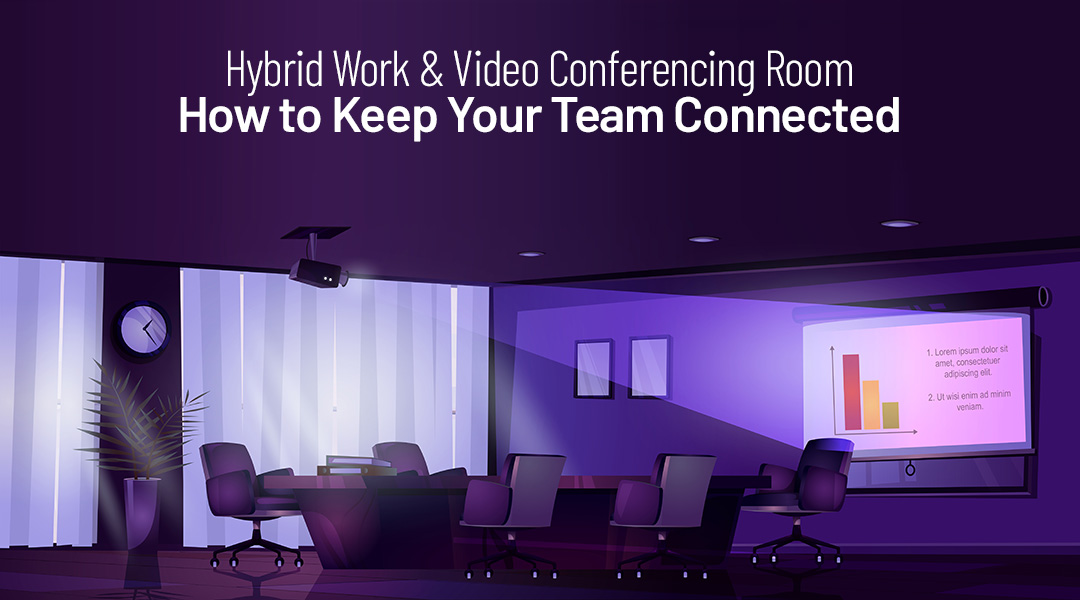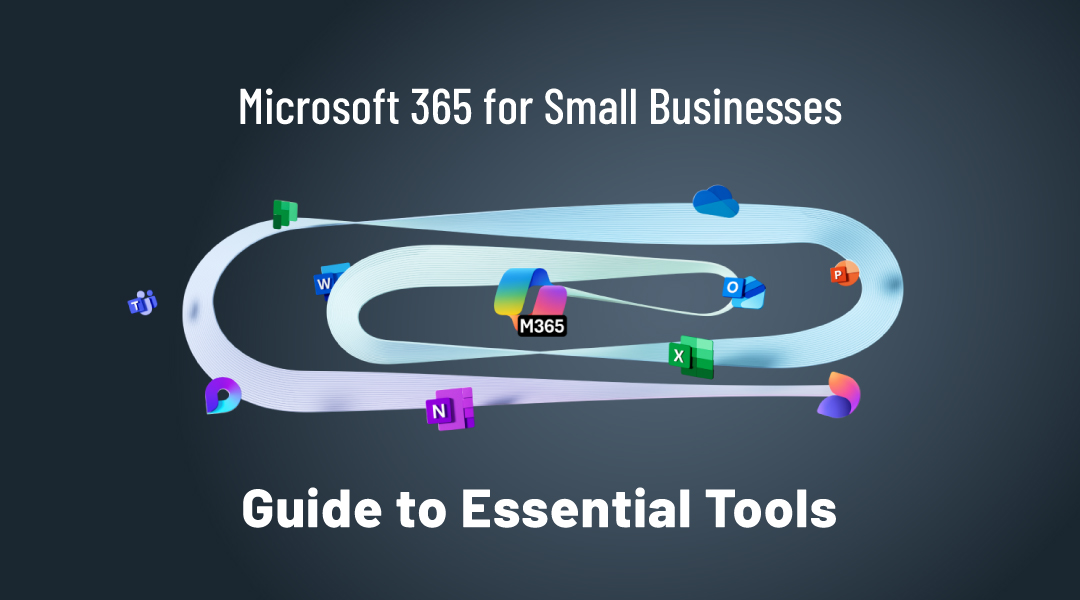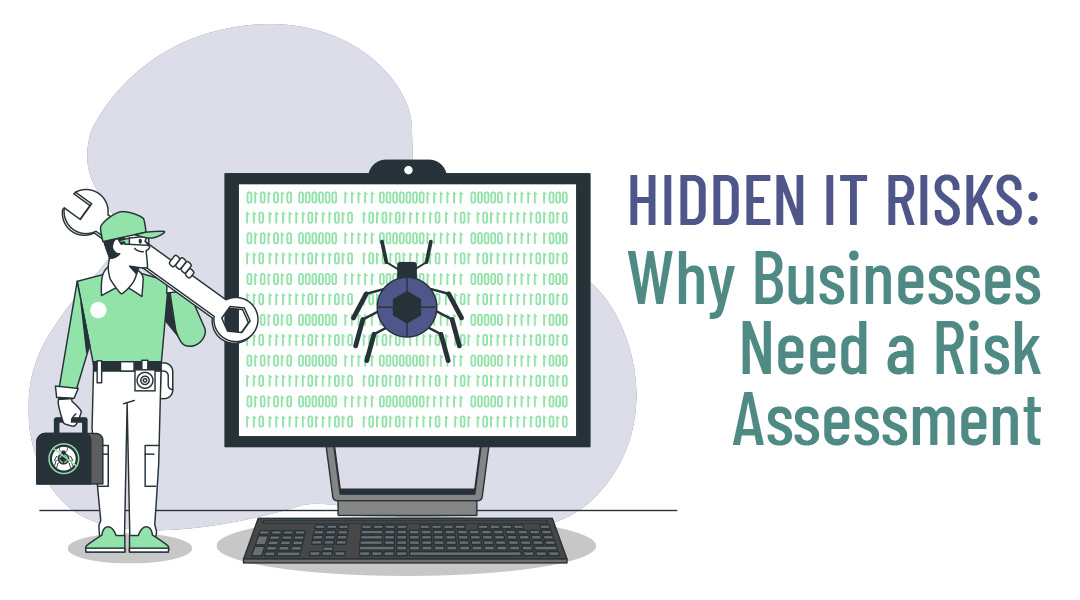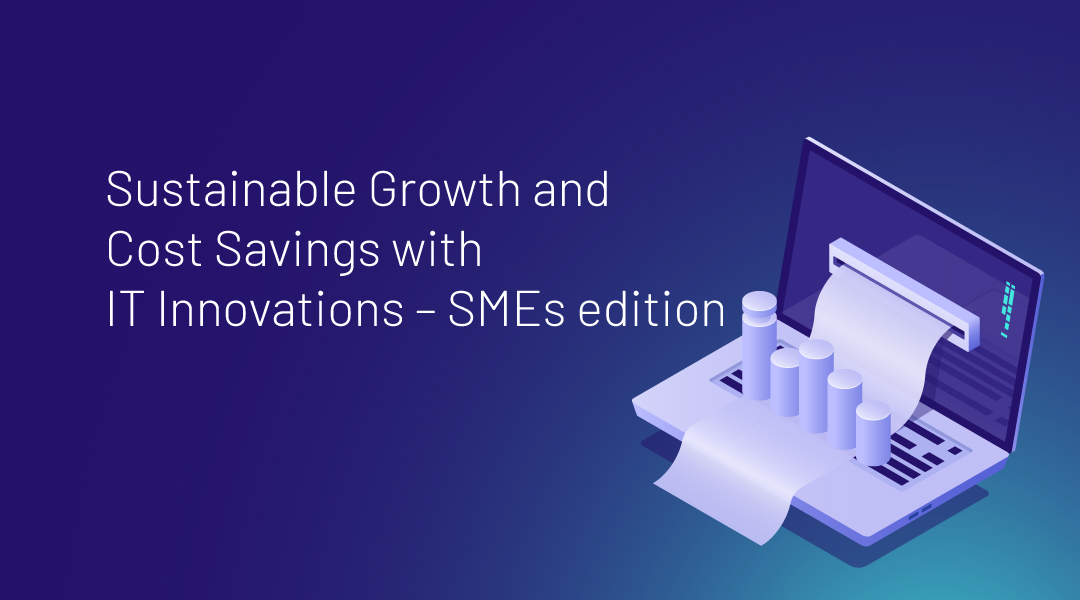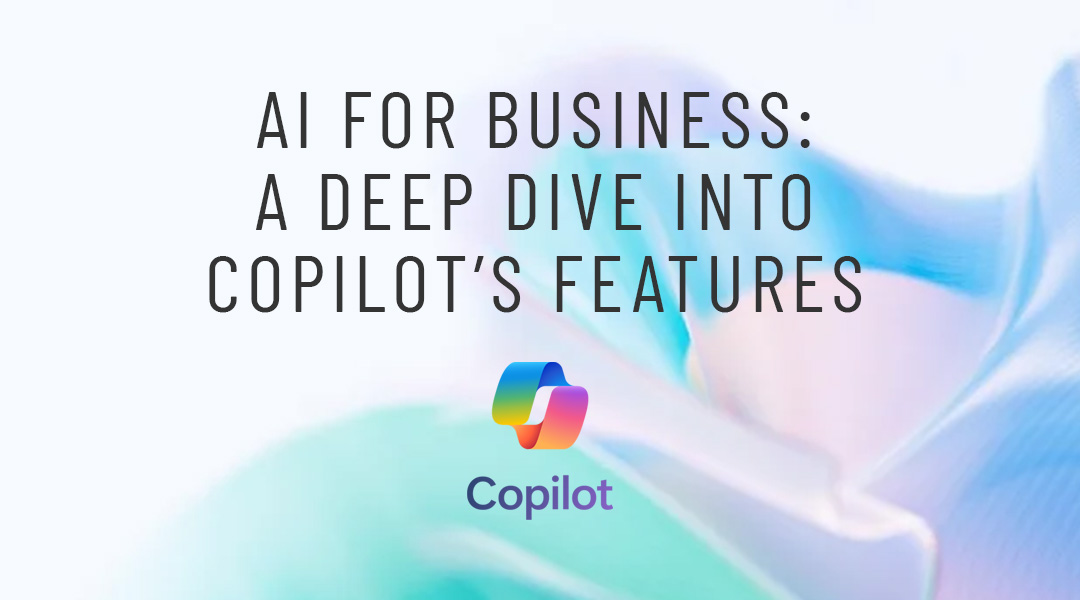IT infrastructure can significantly affect the organization’s costs and revenue. With the growth of any organization, it grows exponentially. Organizations must know the importance of a steady, secure, and scalable cloud infrastructure to protect their money and data flows.
Here’s everything you should know about infrastructures and how to make them more effective and aligned with your business growth and goals.
What is IT infrastructure?
IT infrastructure is made of the IT components and processes necessary for each organization. It consists of the hardware, software and network.
IT infrastructure components
- Hardware – Each organization operates through servers, computers, data centers, switches, routers.
- Software – software infrastructure is contained of operating systems, ERP, CRM, and other applications.
- Network – refers to internet connectivity, firewalls, and cyber security.
On-premises VS cloud IT infrastructure
On-premises infrastructure relies on servers located on-site and requires your organization to have ample physical space for it, along with the ventilation, cooling, security, and appropriate electrical wiring. It also requires staff that is maintaining it.
Migrating the infrastructure to the cloud became a necessity for every organization that needs robust and secure infrastructure. Cloud infrastructure means moving your data and applications to a cloud environment and having your servers in data centers.
Basic components of Cloud infrastructures
The basic component model of IT infrastructures applies to cloud infrastructures, with some specific features:
- Computing: The organization is being provided with racks in data centers to deliver cloud services to them.
- Networking: To transfer data externally as well as between computer and storage systems, this part of the infrastructure relies on routers and switches and VPN capabilities (VPN stands for the virtual private network. It is a secure connection between networks that protects and ensures your communication with the office and cloud networks even when you or your employees use public WiFi).
- Storage: A cloud infrastructure uses a combination of hard disks and flash storage.
Benefits of Cloud infrastructures
Security reasons to opt for cloud infrastructure
On-premises servers are becoming thing of the past, and each organization that cares for its data protection and money flows opts for servers in data centers that are safely stored, backed up, and maintained by security professionals.
Having on-premises servers means that in case of natural disasters or power outages, your servers can be destroyed, or you will be in a situation where you cannot access your data. Cloud IT infrastructures save you from the risk of losing data. Even if your local hardware fails, you can still access your critical data in the cloud. Cloud servers are usually well-architected and backed up, and they are not in only one physical location so that the same natural disasters or outages cannot affect them all.
Cloud IT infrastructures are more flexible
Cloud infrastructures are completely flexible and can grow as the company grows.
They rely on cloud platforms such as the Dynamic Cloud platform, which allows the organization to rent components such as CPU (central processing unit), disk space, and memory from the physical infrastructure of their IT partners in datacenters. The customer does not have to think about their hardware, renew it, or buy anything infrastructure-related. If they need more virtual space, they can just demand it from their IT partners for pay-as-you-go pricing.
Easier outsourcing of IT processes
Cloud infrastructures are easily monitored and maintained in case of outsourcing IT processes to an external IT partner. This means that organization does not have to spend money on hiring internal IT staff, but can trust a reliable regional IT provider to take care of their IT processes.
How can ITAF help you?
IT Infrastructure is the backbone of any organization.
ITAF is an IT infrastructure partner who can provide you with each component – from hardware (along with installation) to software licenses and setup, and network and connectivity solutions.
ITAF has a cloud-first approach and has helped a lot of organizations to either set up their IT infrastructures from scratch or migrate it to the cloud.
ITAF also provides robust maintenance, monitoring, backup, and recovery plans for it.
Contact us if you want to discuss the possibilities of upgrading or building your infrastructure.

